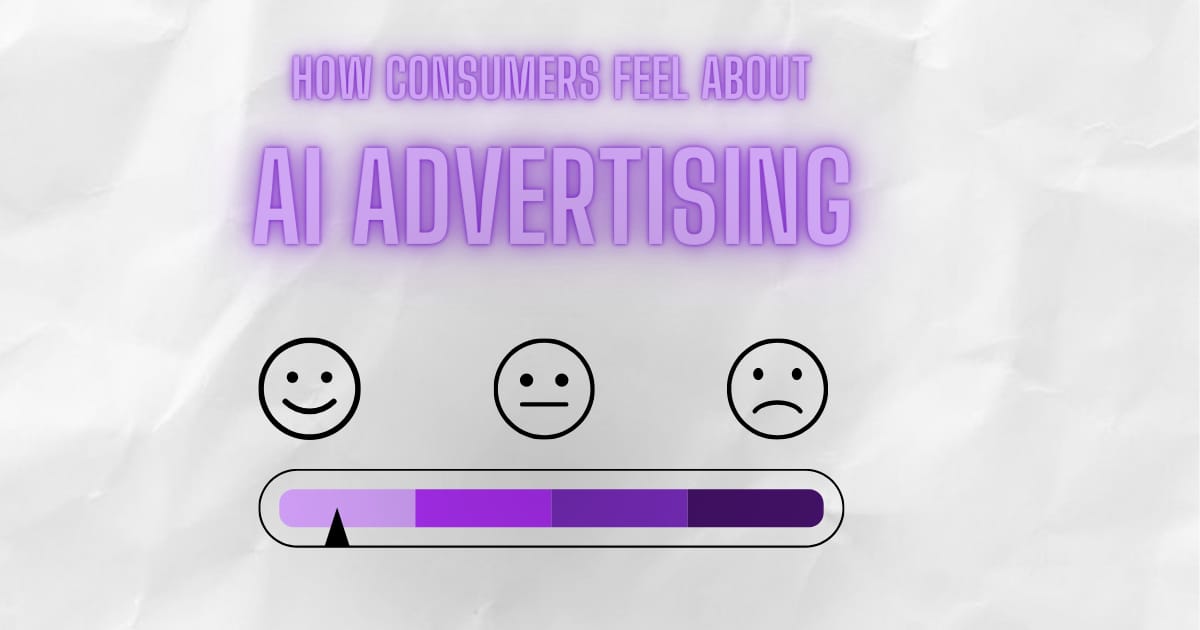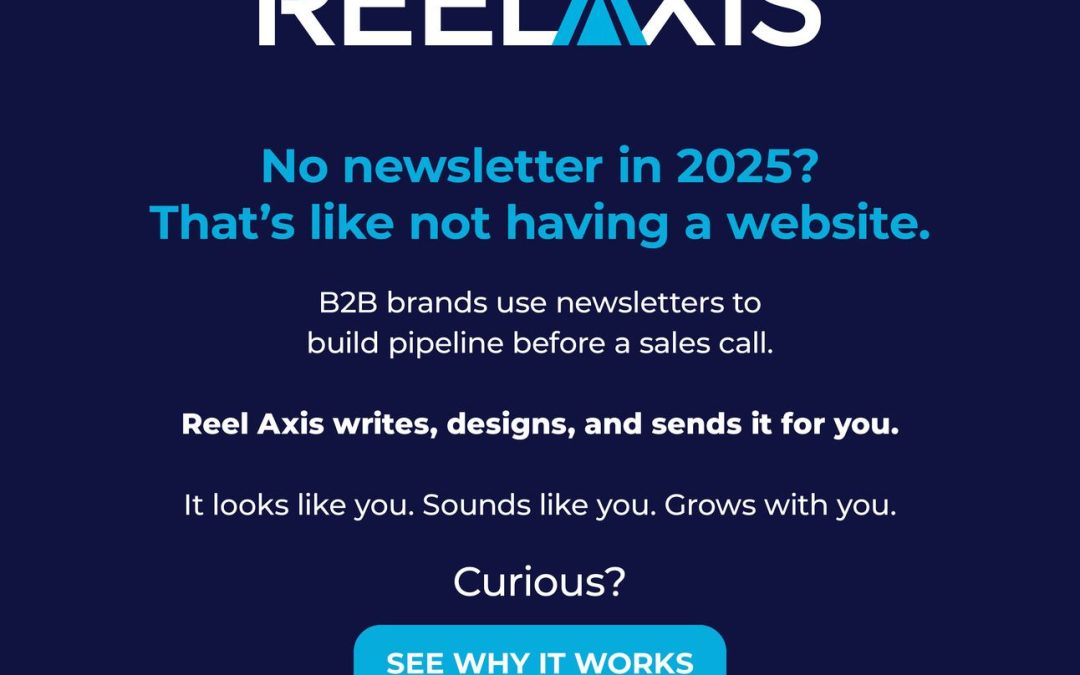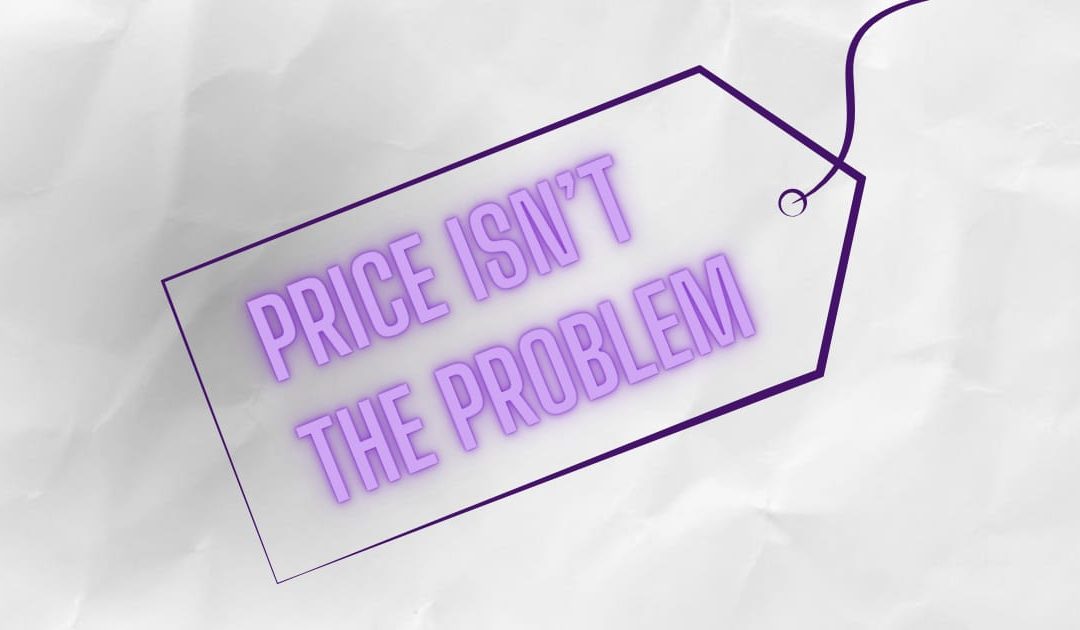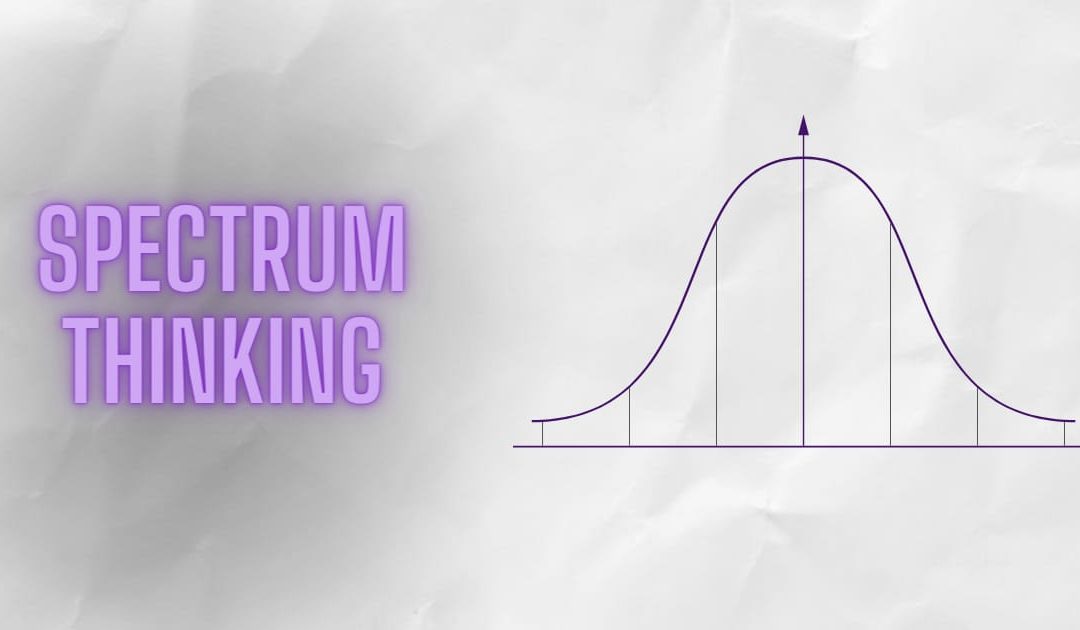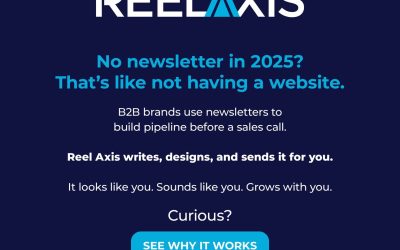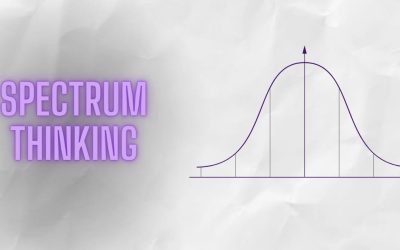Good Morning, and welcome back to Marketing Qualified! Here’s what we’ve got for you today…
How do consumers feel about AI advertising? We analyzed six studies, so you don’t have to.
An oldie but a goodie. This 25 year old ad is still worth learning from.
🤔 How do consumers feel about AI advertising?
AI continues to be a hot topic. But today, we wanted to zoom in and take a closer look at AI when it comes to advertising.
The main question is: How do consumers feel about AI advertising?
We read six studies so that you don’t have to, and we found some interesting answers.
But first, let’s set the stage.
If you follow tech news, we’re sure you’ve seen countless headlines that are either pro-AI or anti-AI.
Certain brands, like Dove, have publicly pledged never to use AI to distort women’s images in advertising. Meanwhile, Meta and Google now have AI image and text generators as built-in features inside their ad platforms.
And OpenAI founder Sam Altman has suggested that AI could eventually take over 95% of what advertising professionals produce today. (Not that he’s biased though 😉)
It’s clear that not all brands agree about how AI can and should be used in advertising. However, the larger question is, how do consumers feel? Let’s jump into what studies have found.
High-level trust of AI tends to be good.
At the highest level, the outlook for AI appears good because 80% of consumers say they trust tech companies to develop AI responsibly.
However, opinions start to deviate when things are broken down by sector. Consumers see the most opportunity for AI to positively impact tech, entertainment, and shopping experiences. But they remain skeptical about how AI applies to sports, arts/culture, and customer service—three categories that arguably benefit most from a human touch.
If your business operates in one of these three categories, proceed with more caution.
Now that we have a high-level view of consumer feelings on AI in general let’s dive deeper into using AI in advertising.
Do people prefer human or AI created content?
One study conducted by MIT looked at how people perceive work created by generative AI, humans, or some combination of the two.
Researchers created two tasks for the study: writing marketing copy for five products and drafting persuasive content for five uncontroversial campaigns (“Eat less junk food,” for instance).
They tackled these tasks in four different ways:
Human-only approach: Enlisted professional content creators to draft the marketing copy and campaign goals.
Augmented human approach: first used AI (GPT-4) to generate ideas. Human consultants then shaped them into final products.
Augmented AI approach: humans created drafts and generative AI was used to mold them into final products.
AI-only approach: GPT-4 completes the task on its own.
Study participants were segmented into three groups and given different info about the content creation process:
Group 1 – Knew nothing about how the content was created.
Group 2 – Knew four different content creation approaches were used but were told nothing more.
Group 3 – Knew which approach was responsible for each piece of content they viewed.
The study found something very interesting…
The findings.
When people have no information about the source of the content, they preferred the results generated by AI.
On the other hand, when people were told the source of the content, they expressed “human favoritism.” They valued the work created by humans more highly. But interestingly, their assessment of content created by AI didn’t change.
In other words, they didn’t have a negative view of the AI content, but there was a benefit to them knowing that humans were involved somewhere in the process.
Disclosures increase trust.
A different study done by Yahoo and Publicis Media set out to better understand people’s attitude toward AI-generated imagery in ads—including AI models, backgrounds, and images.
The study found that 72% of consumers believe AI makes it difficult to determine what content is truly authentic. Although 61% already assume AI is used in ads, they don’t know how to identify where.
But if you do decide to use AI imagery, there could be a benefit to adding a disclosure to your ads.
The study showed that 1 in 4 consumers noticed AI disclosures on ads which resulted in a 47% increase in ad appeal. Plus, there was a 73% increase in ad trustworthiness and a 96% bump in overall brand trust.
AI use case matters.
One study examined how consumers feel about brands using AI in advertising across various circumstances.
They found that people are most uncomfortable with AI being used to:
Create brand ambassadors in place of real-life celebrity figures
Generate or edit images in place of graphic designers
Consumers were more open to using AI to:
Create taglines or descriptions about what’s being sold
Decide the media channels and placement of ads
If you decide to use AI in your advertising, consider beginning by using AI to optimize ad location and for copywriting tasks since those are the most well received use cases.
Not all countries feel the same.
Consumers in different countries hold different opinions on AI advertising.
Keep this in mind, depending on where your customers are concentrated.
Consumers in France, Sweden, Britain, Spain, Canada, and Italy are most resistant to AI in advertising. Over half in these countries disapproved of AI in at least three advertising applications.
Conversely, consumers in Germany, Hong Kong, the UAE, Indonesia, India, and Singapore were the most accepting of AI in advertising. With less than half having reservations about brands utilizing AI in all five advertising applications surveyed.
Whether or not you should use AI for your advertising is up to you. However, there are many factors to consider, and hopefully, these findings can help you determine your risk factors and which use cases would work best for you and your buyers.
📰 In the news this week.
🎄 How holiday marketing campaigns are evolving.
🛫 The worst sales promotion in history.
📝 How to write a thank you letter for customer feedback.
🎩 Inspo to spruce up your About Us page.
👂 How social listening increases customer advocacy.
👵 An oldie but a goodie.
Here’s a B2B ad that’s over 25 years old but still gets people talking.
What’s so genius about it?
1) It stands out immediately.
Most marketers worry about being liked, but you should actually worry about being seen. You have to stop the scroll to win a shot at getting noticed and paid attention to.
2) It has a strong narrative.
The key message is clear: everything is under control.
They don’t list boring features. They focus on playing up the fun and emotion.
3) It has a catchy backing track.
The Salt-N-Pepa song makes it stick in your head. (And it probably will for the rest of the day. Sorry about that. 😬)
If you’re going to spend time, money, and energy on B2B video ads, make ones like this and less like the 1,000 boring generic ones you scroll past on your feed every day!
😂 Marketing meme of the week.
How’d we do with this week’s newsletter?
😍 Loved it
A READER’S REVIEW
Enjoy this newsletter? Forward it to a friend to spread the love.
Want us to write about something specific? Submit a topic or idea.

